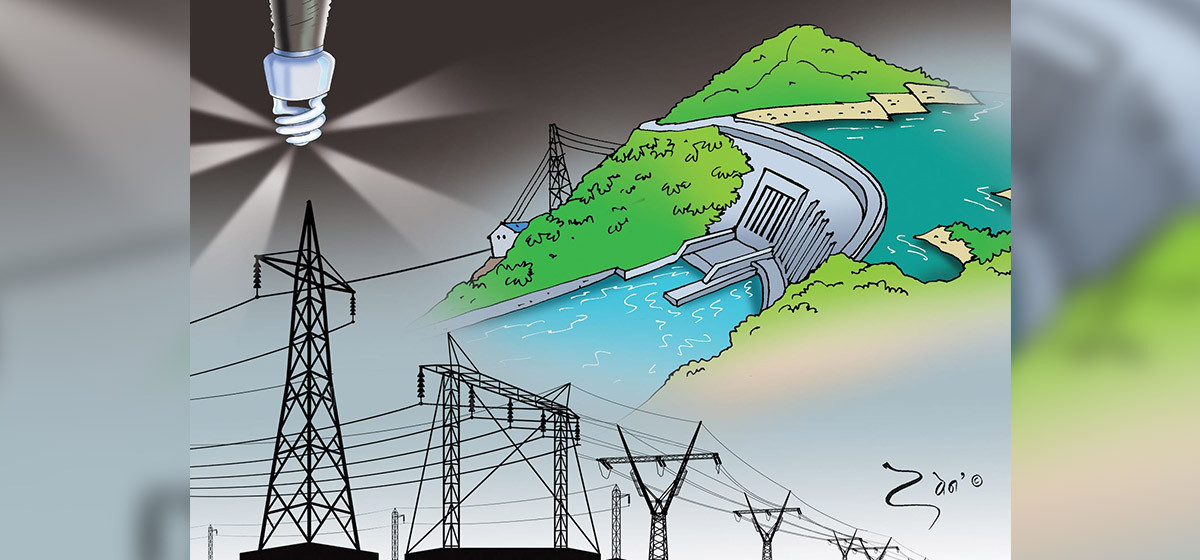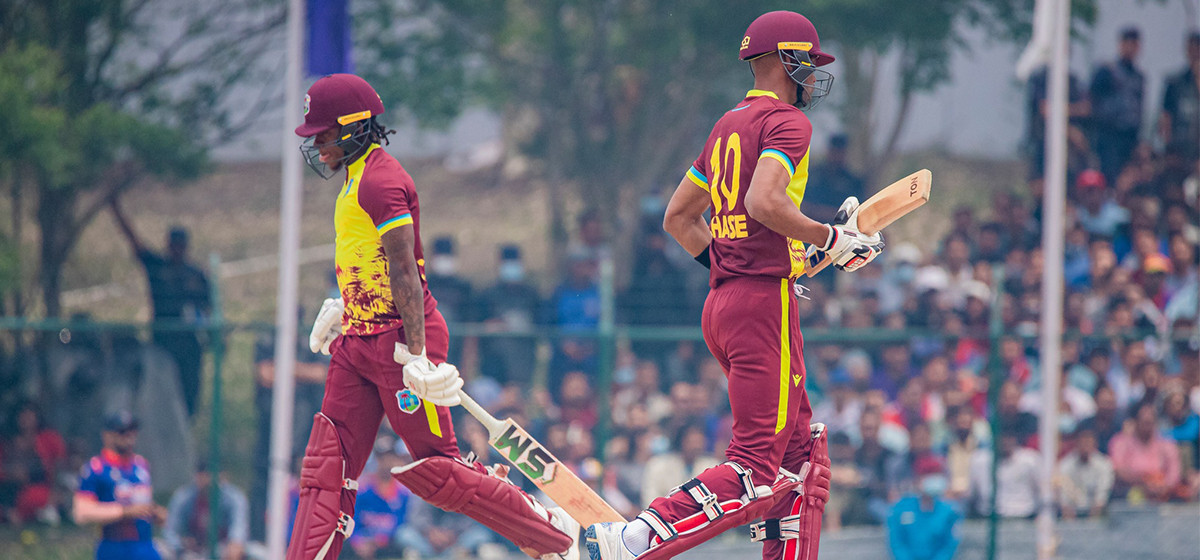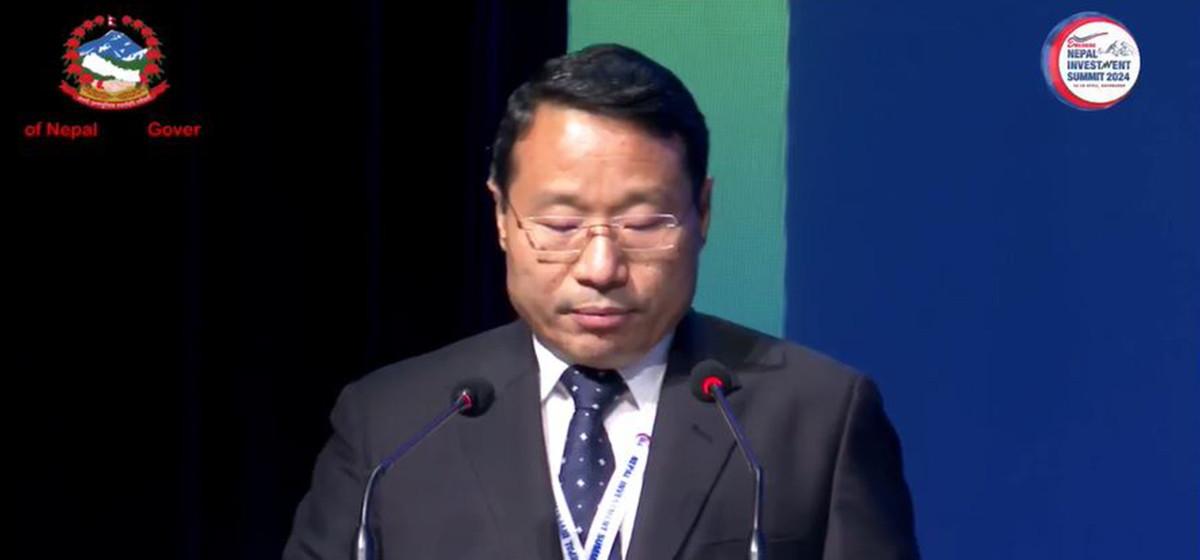
OR
Editorial
Take comprehensive disaster preparedness measures to protect investment in hydel projects
Published On: January 29, 2024 07:25 AM NPT By: Republica | @RepublicaNepal

A number of hydropower projects in Nepal suffered substantial damages as a result of floods and landslides that were not predicted in the recent past. The devastation caused by the floods and landslides in the hydropower power plants has highlighted an urgent need for resilience in the construction and design of these vital infrastructures. The catastrophic events, particularly the tragic incident at the Super Hewakhola hydropower project in Chainpur, Sankhuwasabha, acutely shows the vulnerability of such projects to the growing impacts of climate change. The Hewakhola disaster that occurred on June 14, 2023, not only claimed human lives but also inflicted massive physical damage, including the destruction of the dam, power house, and water storage pond of the under-construction hydropower project. This is estimated to have caused a loss worth Rs 220 million and now it is believed that an additional Rs 500 million will be required for the reconstruction efforts. The toll on human lives and financial resources underscores the imperative to fortify hydropower projects against the escalating risks posed by climate change. The government and the industry stakeholders must focus on building resilient structures as these types of incidents can have a significant impact on the government's ambitious plan to enhance the living standards of people through increased hydropower production and electricity consumption and export of surplus electricity.
As highlighted by such incidents in the recent past, unpredictability of climate patterns, exemplified by unseasonal rainfall triggering landslides and floods pose formidable challenges to the sustainability and reliability of these endeavors. According to the Independent Power Producers Association Nepal (IPPAN), as many as 20 under-construction hydropower projects suffered damages in eastern Nepal alone. The estimated loss exceeds Rs 8 billion. This situation highlights the need for comprehensive disaster preparedness and resilient infrastructure development. Experts have attributed that such incidents are largely triggered by the impact of climate change. The unusually heavy rainfall in the high mountainous areas, where it was previously uncommon, is an indication of the changing climate patterns in the region. This sift has necessitated a reevaluation of construction standards and methodologies to adapt to the changing environmental conditions. Despite such a situation in the country, Nepal lacks scientific instruments to measure rainfall, making it difficult to analyze and interpret rainfall patterns accurately. Experts have rightly called for an increased investment in measuring instruments to enhance the country's ability to predict and mitigate the impacts of climate-induced disasters on hydropower projects.
The financial burden imposed by extended construction periods due to climate-induced damages is a harsh reality faced by hydropower developers in Nepal. The Super Madi hydropower project in Kaski district serves as another poignant example, with its initial cost estimate of Rs 7.47 billion soaring to Rs 8.70 billion due to construction delays caused by floods. This calls for building the structures of hydropower projects that can withstand the effects of floods, landslides, and climate change. The government and industry stakeholders also need to consider establishing a regulatory system at every phase of hydropower project development, emphasizing the importance of incorporating risk assessments related to unexpected rainfall and landslides. The recent spate of disasters affecting hydropower projects should serve as a wake-up call for the government and other stakeholders to take immediate action. The government, in collaboration with industry stakeholders, must prioritize the adoption of resilient construction practices and comprehensive disaster preparedness measures. The financial and human costs of neglecting these precautions are too high to ignore.
You May Like This

Technical committees on transmission line, power generation formed
KATHMANDU, Dec 5: Nepal and Bangladesh have agreed to form a joint technical team for identifying hydropower projects to be... Read More...

Dhurmus, Suntali to build ‘a Nepal within Nepal’
KATHMANDU, June 5: After successfully completing three settlement projects for earthquake victims and other communities, the actor couple Sitaram Kattel (Dhurmus)... Read More...

Nepal vs Kenya: Five crucial things Nepal looks for second match
KATHMANDU, March 12: Nepal is taking on Kenya on Monday in the second match of the ICC World Cricket League... Read More...


-1200x560-wm_20240427144118.jpg)



Just In
- Almost all sectors of Nepal are open for foreign investment: NC President Deuba
- Second T20 match: West Indies ‘A’ sets 161-run target for Nepal
- Nepal Investment Summit (live)
- Ilam-2 and Bajhang 1(a) by-elections: Vote counting begins
- Nepal is a prime destination for international investment: FinMin Pun
- President Paudel issues ordinance related to facilitation of investment
- Hearing on Cricketer Lamichhane’s appeal today
- Clear Policies Set to Boost American Investment in Nepal: US Ambassador Thompson












Leave A Comment